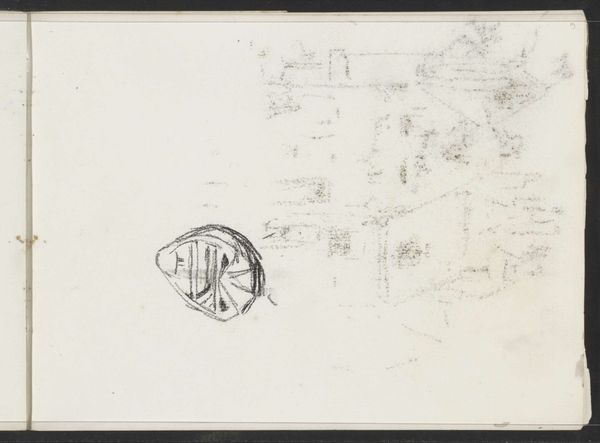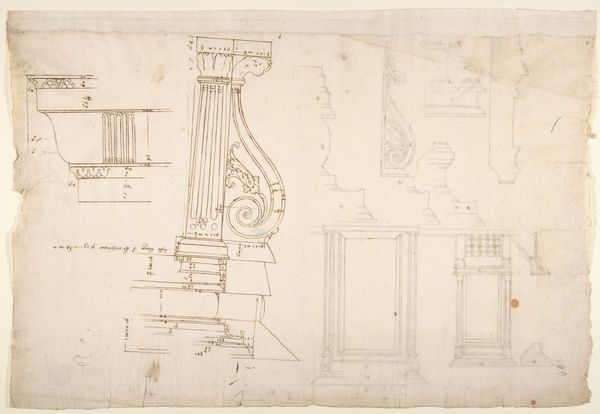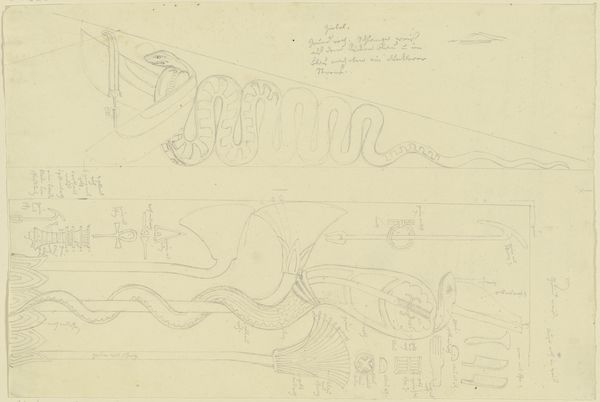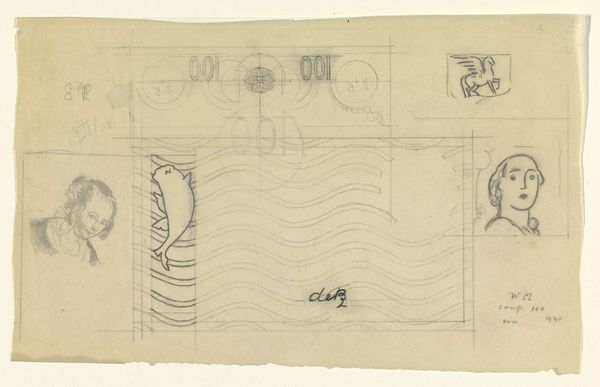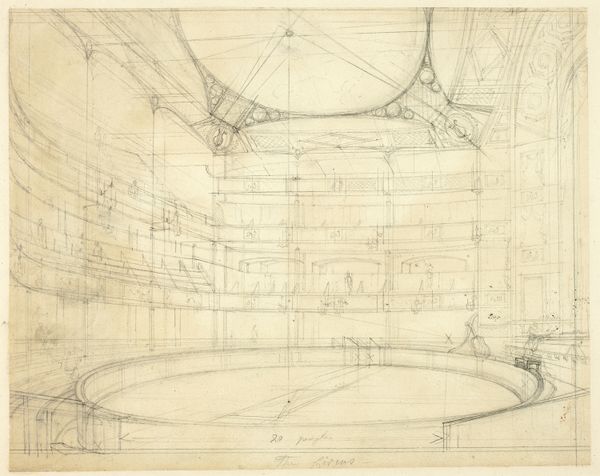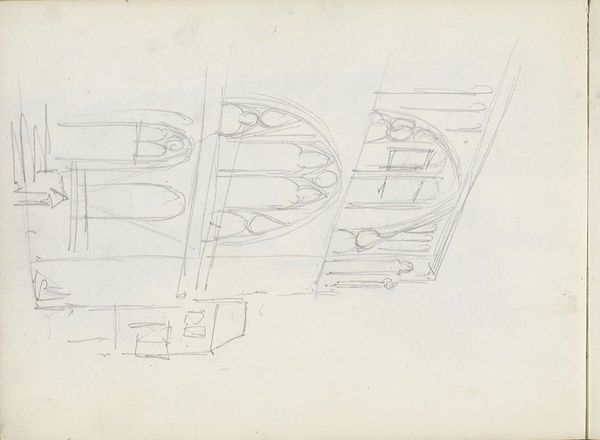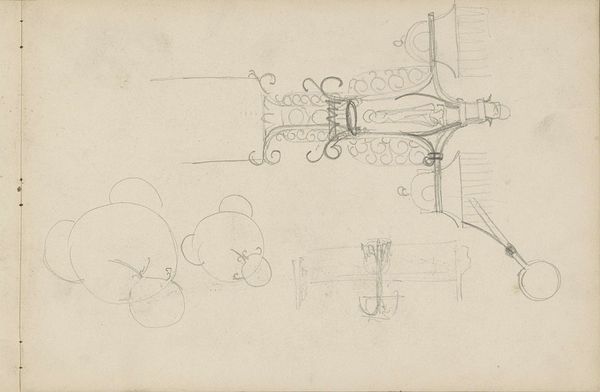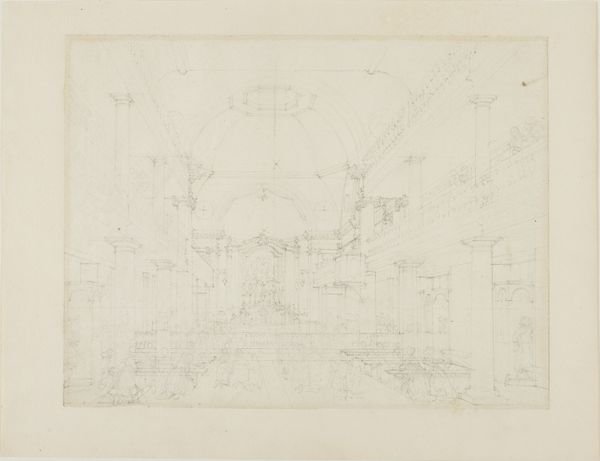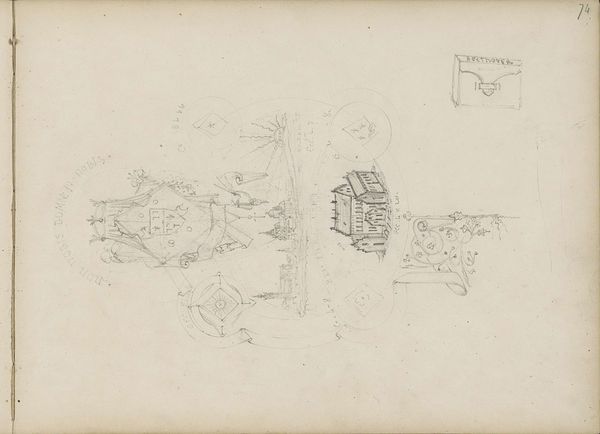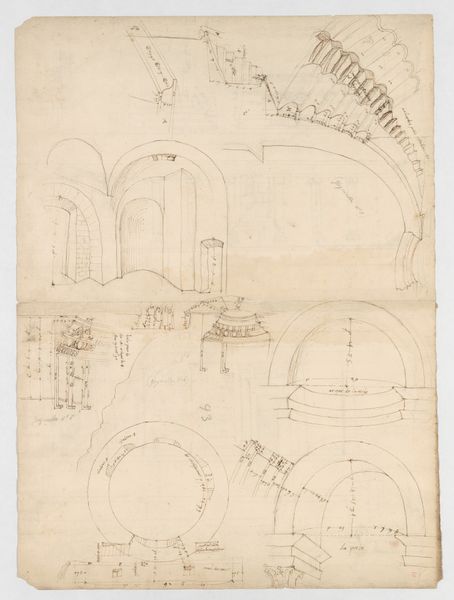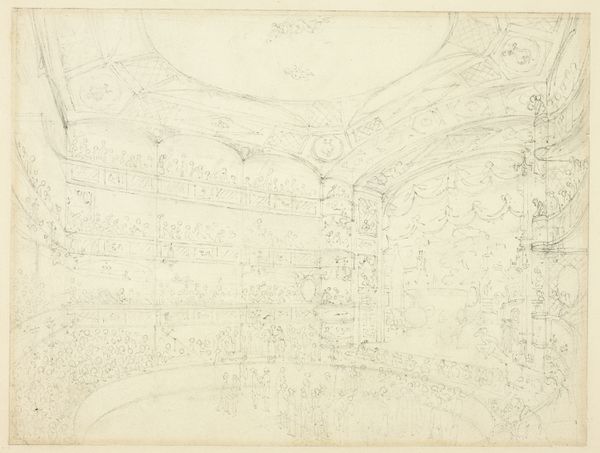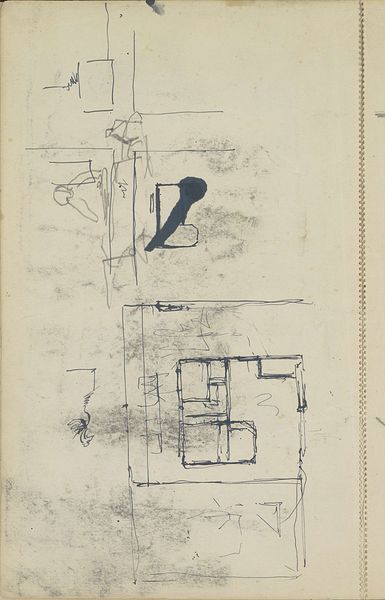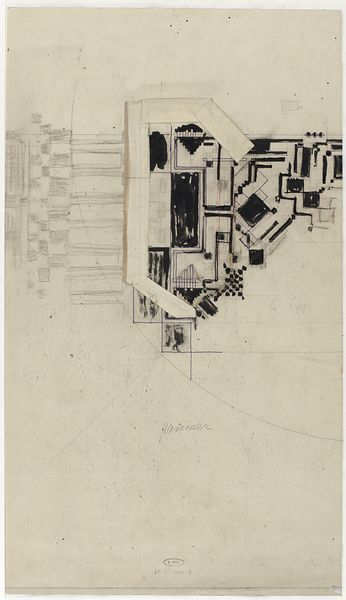![[Arch of Constantine], cornice, elevation in profile, ornamental detailing (recto) blank (verso) by Anonymous](/_next/image?url=https%3A%2F%2Fd2w8kbdekdi1gv.cloudfront.net%2FeyJidWNrZXQiOiAiYXJ0ZXJhLWltYWdlcy1idWNrZXQiLCAia2V5IjogImFydHdvcmtzLzk1YzkxNjdiLWIzYzctNGQ5Ny1hYmU2LWFjZGQxNDZhYWUxNi85NWM5MTY3Yi1iM2M3LTRkOTctYWJlNi1hY2RkMTQ2YWFlMTZfZnVsbC5qcGciLCAiZWRpdHMiOiB7InJlc2l6ZSI6IHsid2lkdGgiOiAxOTIwLCAiaGVpZ2h0IjogMTkyMCwgImZpdCI6ICJpbnNpZGUifX19&w=3840&q=75)
[Arch of Constantine], cornice, elevation in profile, ornamental detailing (recto) blank (verso) 1500 - 1560
0:00
0:00
drawing, print, ink, architecture
#
pen and ink
#
drawing
#
ink painting
# print
#
pen sketch
#
etching
#
ink
#
geometric
#
ancient-mediterranean
#
line
#
history-painting
#
architecture
Copyright: Public Domain
This drawing renders the Arch of Constantine's cornice, showcasing ornamental details with incredible precision. Note the recurring motifs – the acanthus leaves, the egg-and-dart pattern, and the scroll volutes. These are not mere decorations; they are powerful symbols deeply rooted in classical antiquity. The acanthus, reminiscent of growth and regeneration, appears across millennia, gracing the capitals of Corinthian columns, whispering tales of nature's abundance. The egg-and-dart, with its alternating symbols of life and death, conveys a sense of the cyclical nature of existence. Similarly, the volute, a spiral form, is a graphic representation of a universal symbol of growth and evolution, of the unfolding of potential. One finds its echoes in Celtic art and Baroque architecture alike. Consider how each generation imbues these forms with new life, carrying forward echoes of the past. These symbols are not static; they are constantly reborn. They engage us on a subconscious level, connecting us to the collective memory of mankind.
Comments
No comments
Be the first to comment and join the conversation on the ultimate creative platform.
